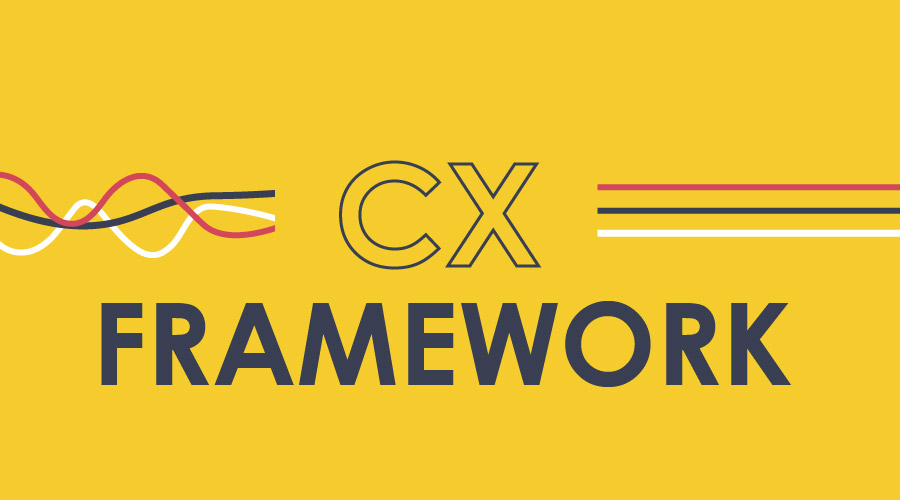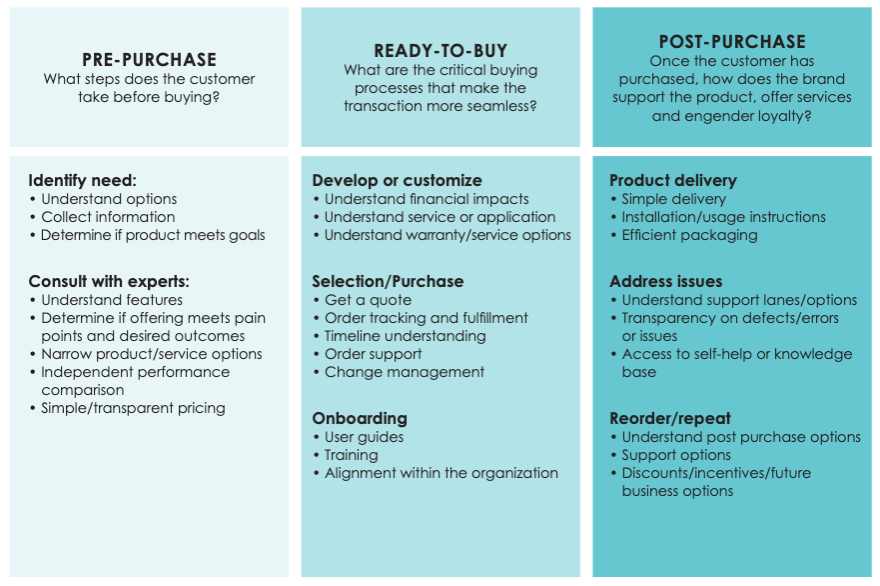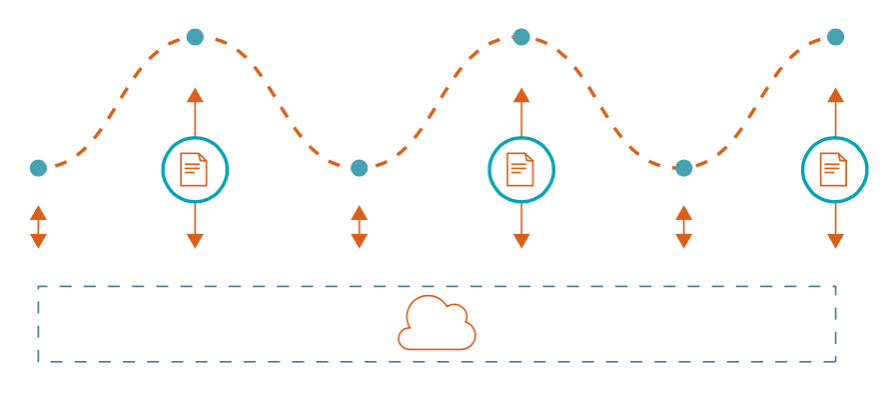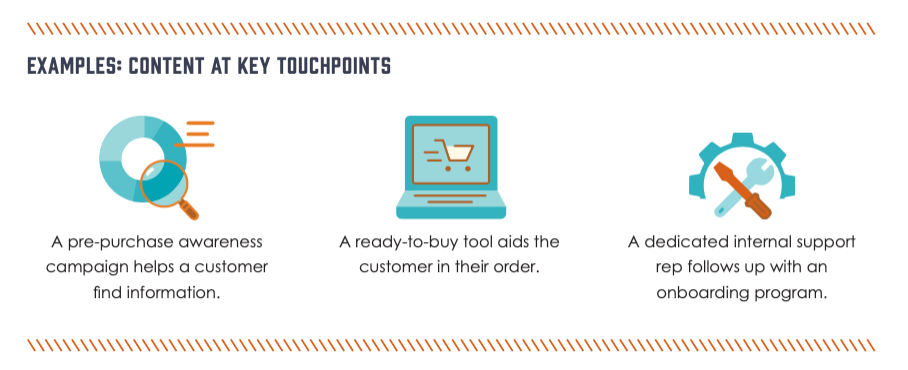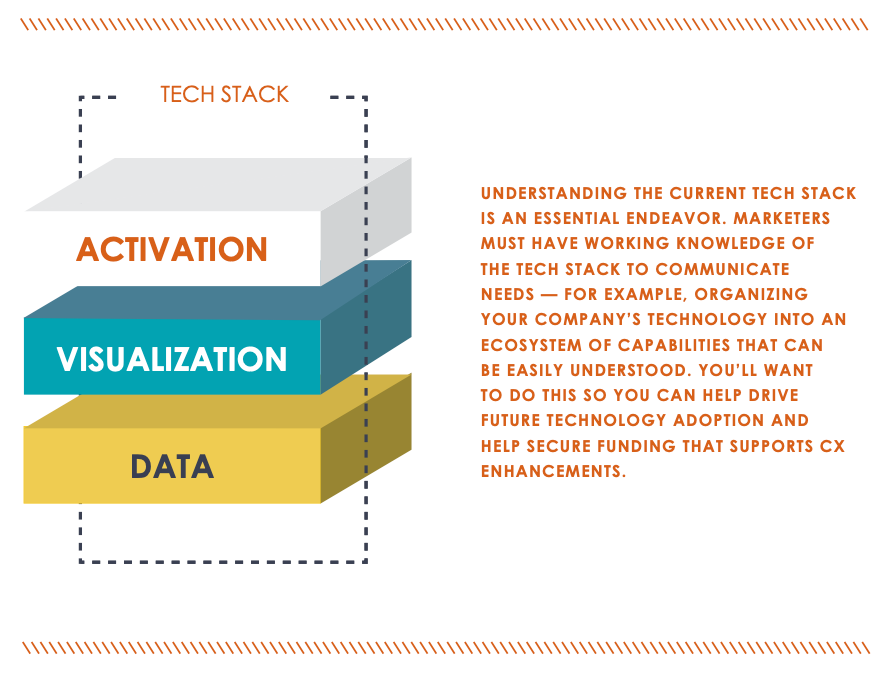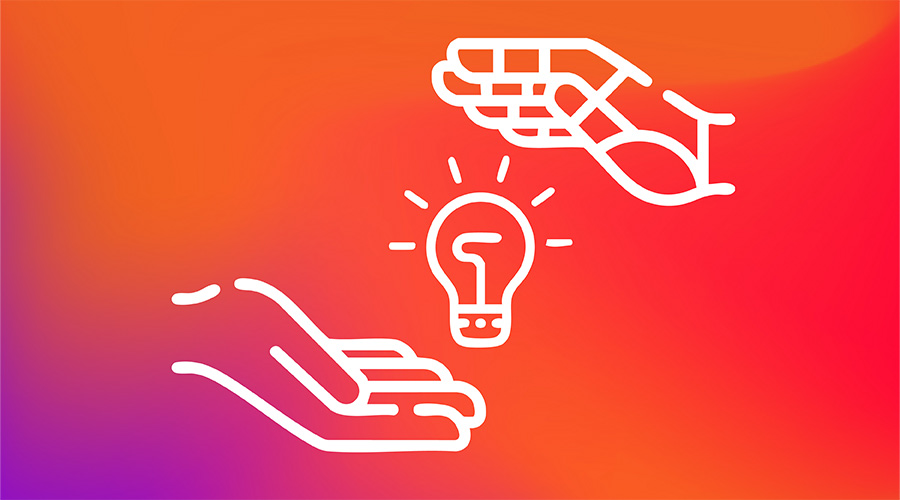After doing the hard work laying the foundation for your CX house, it’s time to move on to Phase II. Much like building a house, Phase II involves framing your long-term strategy for customer-focused marketing. This will help you visualize the prioritized audiences you seek to reach, as well as the customer journey you seek to support – something everyone can rally around.
Let’s Start with Customer Personas
You may be a B2B marketer in manufacturing, agriculture, energy or another hard-working brand segment, and while we can make some general industry assumptions, don’t forget that your customer’s expectations are as unique as their work. Building a strong CX plan involves identifying your specific audience targets. Personas bring these audiences to life. They are an incredibly useful tool when mapping the customer experience. Unfortunately, many brands and marketers have a misunderstanding of personas; they may confuse personas with segments.
- Personas = Semi-fictional representations of your ideal customer, based on market research and real data about existing customers.
- Segments = Demographic, psychographic, behavioral or firmographic dimensions of customers, organized in groups.
For an example of persona-mapping, download The Big Lil’ Book of CX here.
Now Let’s Map the Journey
Once you know your customer personas, you can build the journey your organization wants to support. Journey mapping can be a challenging discipline. Mapping every customer touchpoint — especially when these are not linear — is a time-consuming endeavor that requires engaging multiple stakeholders. True operational planning requires this level of effort.
However, for marketers, simply outlining key touchpoints is a good starting point for uncovering the “moments that matter”: those emotional places where having a great (or poor) experience can make all the difference. See the model below:
Again, even in Phase II, the most important thing is alignment among stakeholders. You might add or change the names of phases to better reflect your company language and processes.
With a basic journey map, you may then audit the available technologies/data around each touchpoint to determine what you can and cannot currently measure and aggregate.
Moving on to Data, Content and Technology Analysis
Personas and journeys are only helpful if you have a plan to use these tools to frame your broader content, data and technology solution. Once these artifacts are established, they can be utilized to identify which touchpoints along the journey are worth prioritizing and investing in. The resulting decisions should lead to building “programs” that support the typical marketing funnel.
Within each program, consider how to use the basic tools in the marketing toolbox:
- Paid and social media
- Account-based marketing
- Website ecosystem and information architecture
- Marketing automation
- Customer relationship management
- Basic reporting/data warehousing
Many companies working to frame their overall CX solutions pause at this stage. They realize that data and technology enhancements are required of their tech stack before further efforts to personalize or enhance the full CX journey can be achieved. Three critical components must be in place, and we’ll explore each: a data model, a content engine and enabled technology.
These three components will one day enable the expected digital CX, which can be built upon in Phase III. Let’s explore each of these framing elements.
1. DATA MODEL
Assuming all stakeholders have agreed on a customer journey, think of the data model like this: as the customer moves throughout various touchpoints in the journey, the data (represented as arrows below) supports and informs what that customer sees and captures what they do. All of this information must live in a safe place that can be ultimately tapped for insights. At your organization, this may be a data lake and/or data warehouse.
Specifically, this raises such questions as:
-
- Where to start evolving the role of marketing?
- What data sources are needed?
- Where should those data sources live inside the organization?
Other considerations include what firmographic, behavioral or demographic data need to be captured to understand the customer better.
The list could (and should) go on. Don’t be intimidated. Your role is to take customers deeper into the journey, offering them helpful information — at any time — and enabling them to take their next best step. Therefore, the data strategy that frames up this experience always follows the foundational artifacts of CX (i.e. personas, journeys) once those are in place. Strive to remind executive teams of that.
2. CONTENT ENGINE
In discussing the data model, marketers may be challenged to answer: “But do we have the content?” The reply will likely be no — or, at least, not all of the content an organization would need to help customers fully move through the journey.
Prioritization and program-building are key. Ideally, identify at least three to five simple touchpoints throughout the customer buying cycle that could be improved. Then, build programs around those touchpoints with appropriate content.
Sometimes the answer is yes, or “I think so” because many marketers create content without a proper plan in place for many pieces of content. If that’s the case, you can start by auditing what you do have.
Finally, measure customers’ ability to ultimately move through the journey after being served that content.
Every program or piece of content a marketer employs must be organized and tagged (separate from the data layer) to offer customers information at the right time. That’s why it’s called a content engine. Otherwise, this entails an incredibly manual effort.
Most companies, unfortunately, do not have a content management system in place to support this critical shift in customer expectations. In Phase III, we dig into what a sophisticated approach to content orchestration begins to look like.
For more DIY tips, check out our free content tools.
3. ENABLED TECHNOLOGY
When building programs, all stakeholders leveraging technology must understand the various systems and tools needed to solve the CX challenge. At this stage of Phase II, infrastructure brands may find they have legacy technology, often homegrown, that needs to be upgraded or integrated with other systems to offer customers the right content at the right stage of their journey.
Some of the biggest failures can result from lack of clarity on the capabilities and connections required among systems. Lack of funding can also occur when a platform has far more capabilities than are being used. This is often the case when organizations adopt a technology without a clear strategy or use case to implement the tech tool at scale.
To dive deeper into the process of framing a long-term marketing strategy — as well as Phases I and III — check out The Big Lil’ Book of CX. It is full of tips, tricks and tools that you can use today to solve the CX challenge.
Download the Full eBook Here:

